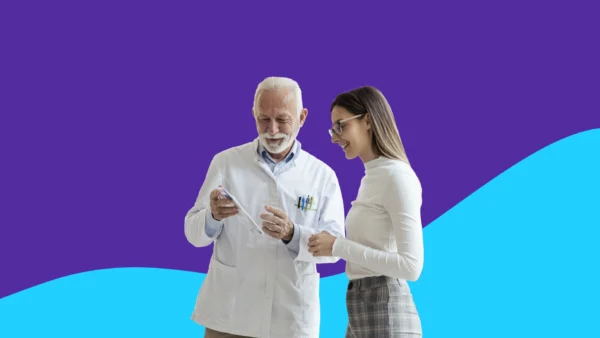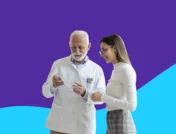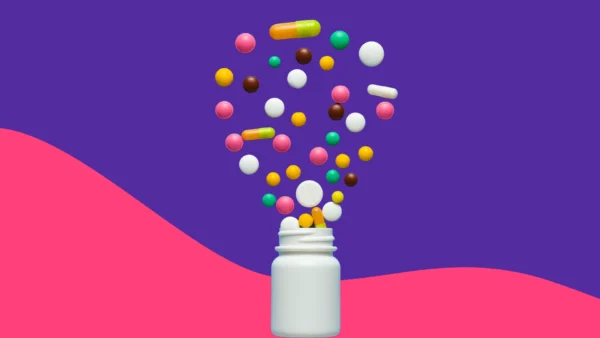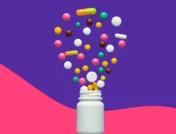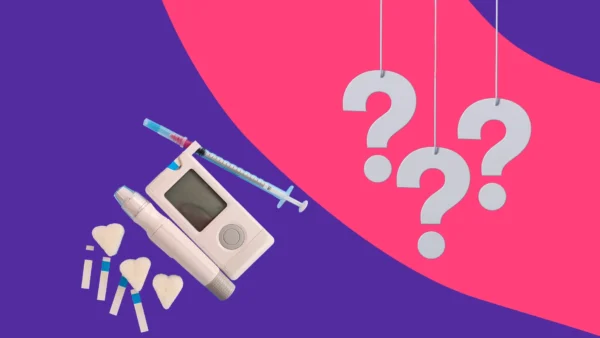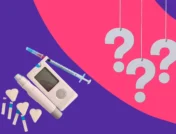The pharmacist-patient relationship is an important one. Only when your customers trust and value your opinion will they come to your counter for medical advice and answers to prescription questions. “It’s important to establish a personal relationship with patients; without it, there is no way to optimize health care,” explains Becky Ruditser, owner and head pharmacist at Livingston Pharmacy in New Jersey.
What is Get to Know Your Customer Day?
Get to Know Your Customer Day is celebrated the third Tuesday of every quarter, as a reminder for businesses (and their employees) to talk to the patrons in their stores and get to know them better.
It goes beyond greeting people with a smile. Often you’re the only healthcare professional your customer will talk to about their medications. Here are some ways to get to know your customers and foster a good rapport.
6 ways to get to know your customers
1. Introduce yourself.
When you’re chatting with a customer, introduce yourself by name, and use the patient’s name from the prescription. It creates a level of basic familiarity. Behavioral psychologist Elliot Jaffa, Ed.D., MA, suggests lightening the mood by asking, “Would you like me to refer to you as my customer or patient? Oh, wait, I have a better idea! What if I call you Diana?” Having a strategy or a planned talking point can make it easier to establish a relationship from scratch.
Then, when you’ve gotten past the basics, give patients the direct number for the pharmacy, and let them know they can call and ask to speak with you. Say, “I’m sure one of the other pharmacists or pharmacy techs can answer your questions, too. But I’ll always take good care of you,” Dr. Jaffa suggests.
2. Ask questions.
Start meaningful conversations, as you would with a friend or family member. Then, listen to your patients’ answers. In the beginning, you’ll have to look for something to talk about. Use clues from the prescriptions. You can ask patients how they like the neighborhood they live in, based on the address in their file. Dr. Ruditser suggests asking, “Where did you grow up? What are some of your favorite activities? Where do you like to travel?” They are “all questions that are leisurely and friendly, however can also serve a purpose in helping with medical advice in the future.”
Show empathy by taking the time to hear what problems and concerns they are facing. Encourage them to share more by summarizing what they’ve said and asking follow-up questions. When someone shares something personal, say, “Thank you for sharing that,” suggests Dr. Jaffa. Try to make your patients feel like you’re partners, working together toward the best solution for them.
3. Add a personal touch.
If you had a conversation about a patient’s child, try to remember to ask how the soccer game went. Make a note of the things you talked about, so next time they visit you can remember to ask about that trip to Italy.
“Offer advice on the prescription they are picking up,” suggests Dr. Ruditser. If you know the patient’s interests, it can make explaining complicated medication options a little easier. “Knowing about your patients can improve the effectiveness of pharmacist counseling,” explains Kathleen K. Adams, Pharm.D., associate clinical professor at the University of Connecticut School of Pharmacy. “One of my patients, who was a mechanic, wanted to know more about medications for diabetes. I explained his choices by comparing them to different years and models of cars. He not only found this humorous but said it helped him better understand his options.”
When customers feel like you are giving them special attention, or that they are more than their medications, they’re likely to share even more the next time you interact. If someone new checks out at the pharmacy counter, but isn’t picking up a prescription, ask if they fill their prescriptions at your store. If not, ask why, suggests Dr. Jaffa. Find out what it might take to transfer their prescriptions, and in the process, you might open up a new revenue stream.
4. Respect your patients’ time.
It can be as easy as letting them know how much longer they will have to wait when they stop into the pharmacy before their prescription is ready. Or, if you have to order the product in order to complete the prescription, let them know how long it will be until it comes in. Tell patients they can call before they come in, so they can save a trip if a medication isn’t in yet.
5. Keep patients informed and up-to-date.
When patients come into the pharmacy, let them know if there’s a new prescription or product that might work better for them, based on their condition. “Attaching flyers to prescription bags is the most effective way, but there is also social media, signage, and newspaper advertisements,” says Dr. Ruditser.
Or, if you heard of a manufacturer coupon or a savings card like SingleCare that could reduce the cost of a medication, tell them! When you go out of the way to get customers the best value, they will remember you, and value your relationship.
RELATED: 4 ways pharmacists can improve health literacy
6. Show patients you care.
When people come into the pharmacy to ask for a recommendation for the best cold and flu medication, go a step beyond simply directing them to the shelf. Step out of the pharmacy and walk over with them, pick up the product you would recommend, and explain why you think it’s best.
If you know that patients are trying a new medication for the first time, follow up to see how it’s working for them. “The most personal AND fastest way is a simple phone call. ‘How are you feeling? How’s that new medication working for you? Do you have any questions that I can help with,’” says Dr. Ruditser. “Ninety-nine times out of 100 it’s less than a 30-second conversation that goes a long way in establishing that vital patient/provider relationship.”
How do you celebrate Get to Know Your Customer Day? Give us more ideas for getting to know customers on Facebook.




